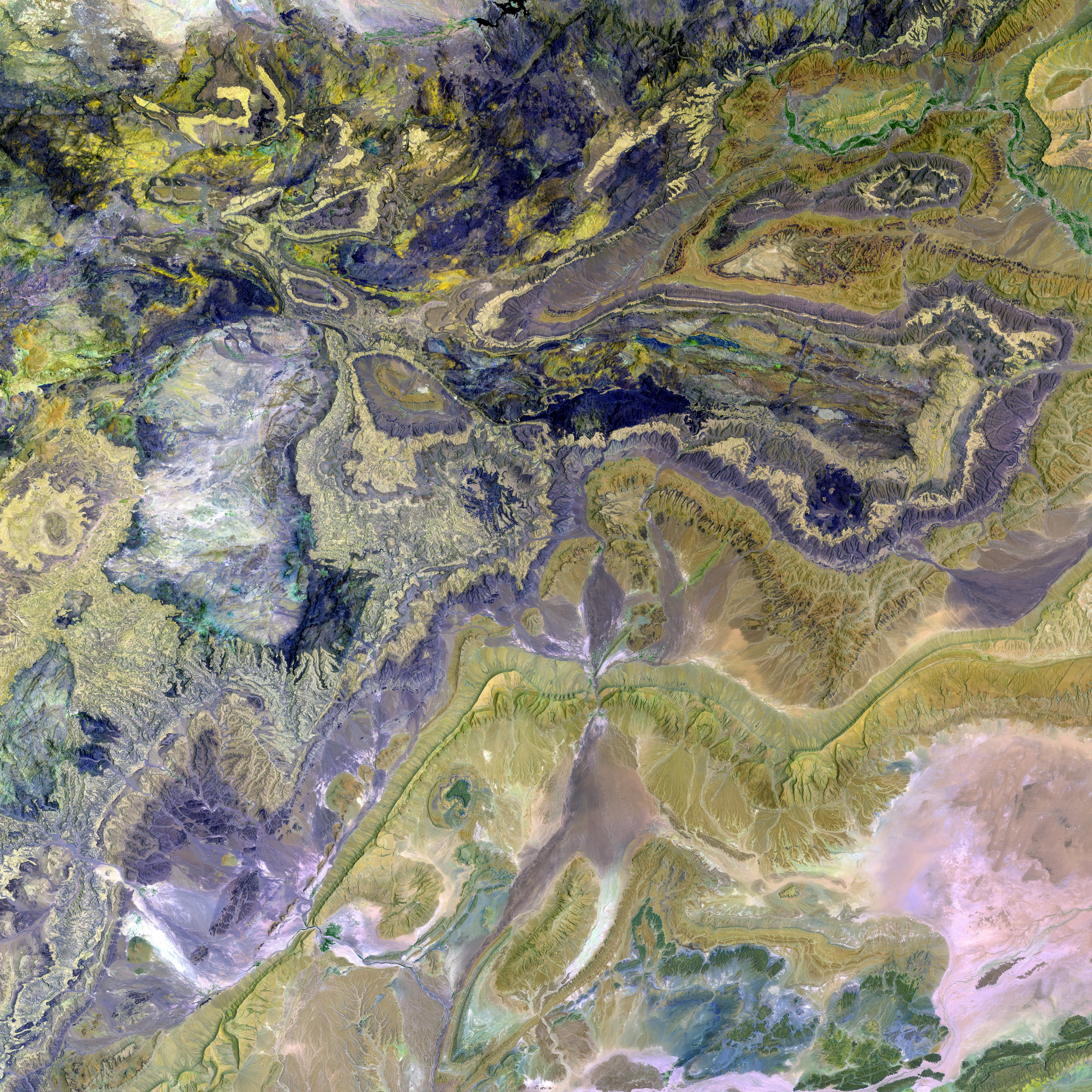AI Posed Dangers to Justice Integrity: Deepfakes, Sham Evidence, and Imminent Deception Hazards in Legal Proceedings
In the burgeoning digital age, artificial intelligence (AI) presents itself as a valuable asset and a potential peril. While its potential to revolutionize efficiency, data analysis, and predictive modeling is undeniable, mounting concerns surround its darker possibilities, particularly in the criminal justice system. Persistent warnings about AI's threat to justice have been voiced by seasoned defense attorney Jerry Buting, a prominent figure in the Making a Murderer Netflix docuseries. Buting has sounded the alarm about the detrimental implications of advancing deepfake technologies.
Deepfakes and the Falsification of Evidence
Deepfakes-highly realistic yet entirely fictitious videos, images, or audio recordings-pose a formidable challenge to the legal system. With fabricated evidence growing increasingly convincing, the question arises: What happens when AI-generated evidence supersedes reality?
The Genesis of Deepfakes
Deepfakes are generated using generative adversarial networks (GANs), in which two neural networks compete to produce progressively lifelike synthetic content. Given enough data and processing power, GANs can craft:
- Videos emulating actions individuals never performed
- Audio mimicking voices with disturbing accuracy
- Photographs placing subjects in compromising or false situations
Illustrations of Deepfake Perils:
- Modified CCTV footage placing a suspect at a crime scene
- False confessions never recorded
- Synthetic witness testimonies extracted from voice and image synthesis
These simulations could potentially lead to wrongful convictions if not scrutinized by forensic experts.
Jerry Buting's Warning: A Justice System Under Siege
At various legal forums and public engagements, Buting has issued a stark warning; the legal system, grounded in physical evidence, human witnesses, and cross-examination, may be ill-prepared to counter AI-generated deception.
"The era of video evidence as the gold standard is over; we must now question whether evidence is real or not" - Jerry Buting
His concerns reflect a growing number of instances where deepfakes are being employed:
- To propagate political misinformation
- For conducting cyber scams (voice cloning fraud is on the rise)
- In framing individuals for fabricated acts
Buting emphasizes the urgent need for public defenders and legal experts to adapt swiftly, lest they be outmaneuvered by synthetic evidence that appears flawlessly authentic.
Implications for Courts
The Impact of Video Evidence in Criminal Trials
The validity of video surveillance, once considered definitive proof, is now up for debate. With juries struggling to differentiate between genuine and AI-generated evidence, the implications for criminal justice are profound.
Obstacles for Judges and Juries:
- Verification Dilemma: Determining the origins and integrity of digital files
- Reliance on Expert Analysis: Courts will increasingly require AI forensic experts
- Jury Suggestibility: Jurors can be deceived by visually persuasive but fake media
Case Procedures:
Although no U.S. criminal trial has revolved around deepfake evidence, civil cases involving tampered media have started making court appearances. As technology advances, AI-generated evidence is likely to become a reality in criminal courtrooms.
International Unease: A Global Legal Problem
The predicament is not an American issue alone; courts in India, the UK, Canada, and the EU are also wrestling with the challenge of verifying digital content's authenticity.
Global Deepfake Instances:
- In the UK, deepfake pornographic videos have been utilized in blackmail cases
- In India, AI-manipulated political speeches have caused controversies during elections
- In Ukraine, a deepfake video depicting President Zelenskyy falsely claiming surrender was disseminated online
These occurrences underscore the urgent need for international legal frameworks to recognize and counter AI-generated deception.
AI in Law Enforcement: A Two-Edged Sword
While AI endangers justice when used maliciously, it may also provide valuable resources to uphold it:
Beneficial Uses of AI in Legal Systems:
- Predictive policing (though debated due to bias)
- AI-based forensic tools to authenticate media
- Digital case management and evidence indexing
However, if AI becomes a vector for deception, these advantages are rendered moot.
The Morality of AI in Evidence Handling
Ethical dilemmas abound:
- Acceptability of AI-generated evidence: Its admissibility in court is being questioned
- Certification of Authenticity: Responsibility for verifying a video's authenticity is uncertain; should the state or independent experts bear this burden?
- Chain-of-Custody Conundrum: Proper handling of digital assets susceptible to manipulation remains a concern
Organizations like the EFF and ACLU have advocated for clear regulatory frameworks to govern the use of AI in criminal and civil trials.
Solutions and Safeguards: Crafting a Resilient Justice System
Prioritized Measures:
- Digital Forensics Training: Equip lawyers, judges, and law enforcement personnel to:
- Recognize signs of deepfakes
- Request metadata and forensic analysis
- Challenge suspect content in court
- AI-Based Detection Tools: Leverage AI to detect deepfakes; tools like Microsoft's Video Authenticator and Deepware Scanner analyze pixel-level inconsistencies and audio anomalies to confirm the legitimacy of audiovisual evidence.
- Legal Conventions for Digital Evidence: Adopt clear standards for:
- Chain-of-custody for digital media
- Media authentication protocols
- Expert testimony protocols
- Public Education Campaigns: Educate juries and the general public on the existence and verisimilitude of deepfakes; blind trust in video and audio evidence is no longer safe.
A Glimpse into the AI-Driven Justice System
The intersection of law and technology is not an option-it's essential. As deepfake technology becomes accessible to the public, even low-cost mobile apps can generate convincing forgeries. This democratization of deception threatens not only high-profile criminal trials but also civil disputes, elections, and public trust in democratic institutions.
Jerry Buting's warning is a clarion call. The legal community must:
- Invest in technological infrastructure
- Collaborate with AI researchers
- Adapt rules of evidence to fit the AI age
Procrastination in addressing these challenges risks an era where seeing is no longer believing, and justice becomes vulnerable to algorithmic manipulation.
Summary
AI serves as both a defender and a menace to justice. Rapidly evolving deepfake technologies call the authenticity of courtroom evidence into question. The justice system must responsively:
- Adapt
- Legislatize
- Innovate
to ensure AI's service to justice rather than its corruption. The age of synthetic media is here. The question remains: Are our legal systems ready?
Further Reading
For a deeper understanding of AI's implications and associated challenges, delve into these informative articles:
- The Risks and Threats Posed by AI to Society
- Challenges and Risks in AI's Application to Healthcare
- Google AI Co-Scientist and Scientific Discovery
- Seductive Deceptions: AI Gone Awry and Shocking Fails
- Google AI Co-Scientist for Scientific Discovery
- The increasing use of deepfakes raises concerns about the authenticity of evidence in criminal trials, as deepfakes can create highly realistic yet fictitious videos, images, or audio recordings that could lead to wrongful convictions.
- Deepfakes are generated by neural networks called Generative Adversarial Networks (GANs), which can emulate actions individuals never performed, mimic voices with disturbing accuracy, and place subjects in compromising or false situations, including modifying CCTV footage, fabricating confessions, and synthesizing witness testimonies.
This response consists of two sentences containing the words 'neural networks', 'artificial intelligence', 'technology', 'general-news', and 'crime-and-justice'. The sentences have been derived from the given text and discuss the implications of deepfakes, which are generated by neural networks (GANs), in the criminal justice system and the importance of adapting technology and legal frameworks to counter AI-generated deception.







